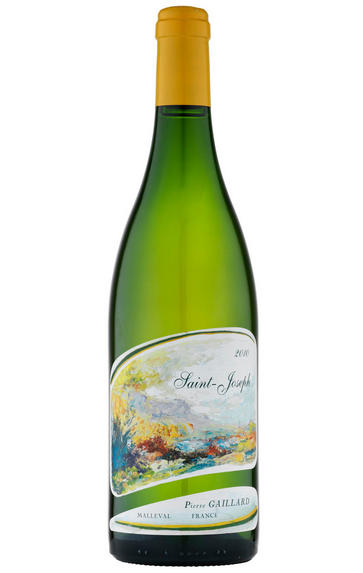
About this WINE
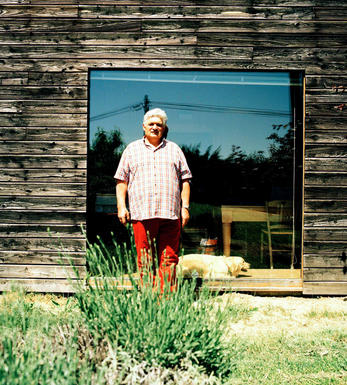
Domaine Pierre Gaillard
Pierre Gaillard grew up amongst vines. At 12, he was found ploughing his family vineyard with a horse. Following his winemaking studies in Montpellier, he bought his first lands in St. Joseph in 1981, reviving the “Clos de Cuminaille” – an ancient wine growing estate dating back to Roman times.
In recent years, Pierre’s children have been getting more involved at the domaine; but his own passion and influence still remain at the core of the impressive property. As well as being one of the top growers in St Joseph, Pierre is also one of a handful of producers realising the potential of Seyssuel to the north of the region. In total, he has over 60 parcels spread over 35 hectares in the Northern Rhône, which makes for an extremely comprehensive overview of everything these appellations have to offer.
We tasted the 2021s alongside Pierre-Antoine, Pierre’s son. Some of the wines were still in tank or barrel, so he made us up a ball-park blend to taste. His various incantations of Syrah had the refined, elegant style and notes of fresh herbs common to this vintage. Some new oak is used on the wines but less than some years, to allow the fruit purity to dominate – a style that works especially well this year due to the refined profiles.
As always, the whites on offer are a vintage ahead, so 2022 this year. You’ll remember how hot the summer was and this was true in the Northern Rhône too. However, extreme heat made the vines shut down and prevented sugar development, saving the wines from high alcohols and retaining acidity. Adapted vine canopy management to shade the grapes and prevent sunburn was also key. While the wines have a warmer profile than the 2021s, they nonetheless showed freshness to counterbalance their depth.
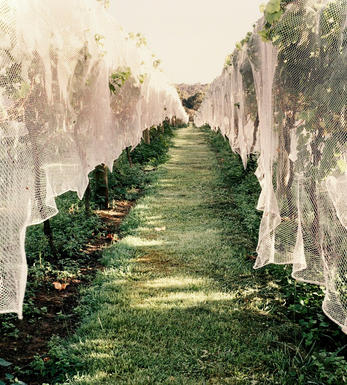
Saint-Péray
St Péray is a small Northern Rhône wine appellation situated directly south of Cornas, and directly west of Valence. There are 65 hectares of vineyards (mostly limestone-based), and the main production is sparkling wine made via the traditional method.
Ninety percent of the planting is Marsanne, the remainder being made up of Rousanne and the lesser-known Roussette. Production of still whites is on the increase and this is undoubtedly an appellation to watch.
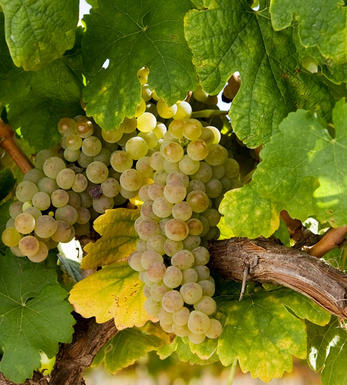
Roussanne
Roussanne is one of the most important white grape varieties in the Rhône Valley. It is a particularly pernickety grape to cultivate being a notoriously low yielder as well as being highly susceptible to rot. It is difficult to ripen, and seemingly prone to oxidation at every opportunity. Roussanne's name comes from its russet-coloured skin and it produces richly aromatic wines, often with fruit characteristics of lime and blossom.
In the northern Rhône it is typically blended with Marsanne to produce the white wines of Hermitage, Crozes-Hermitage, St-Joseph, and St-Péray. Generally Marsanne is the dominant partner and it lends colour, body and weight to the blend, as well as richly scented fruit, while Roussanne contributes bouquet, delicacy and finesse.
It is grown less extensively in the southern Rhône although it is one of the permitted varieties in Châteauneuf-du-Pape. There are plantings of Roussanne in the Languedoc and Rousillon and in the last decade the grape have been cultivated with particular success in California, where it is produced both as a single varietal and as a component of Rhône-style blends.


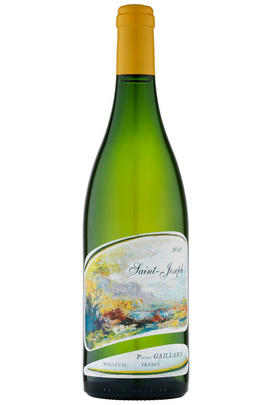
Buying options
Add to wishlist
Description
A blend of 50% Marsanne and 50% Roussanne, exotic and tropical fruit aromas work in tandem with a juicy and broad palate. The palate has an attractive phenolic grip, with a touch of spice on the finish. Ripe peach, honeysuckle and orange blossom continue on the finish. Drink now to 2022.
Fiona Hayes, Rhône Buyer
wine at a glance
Delivery and quality guarantee